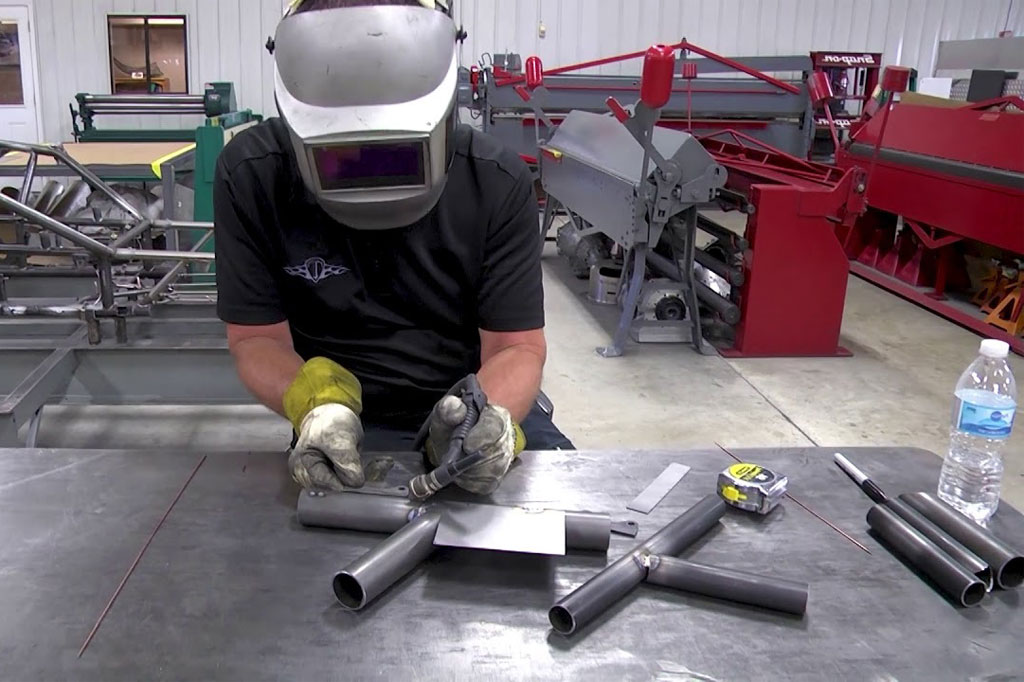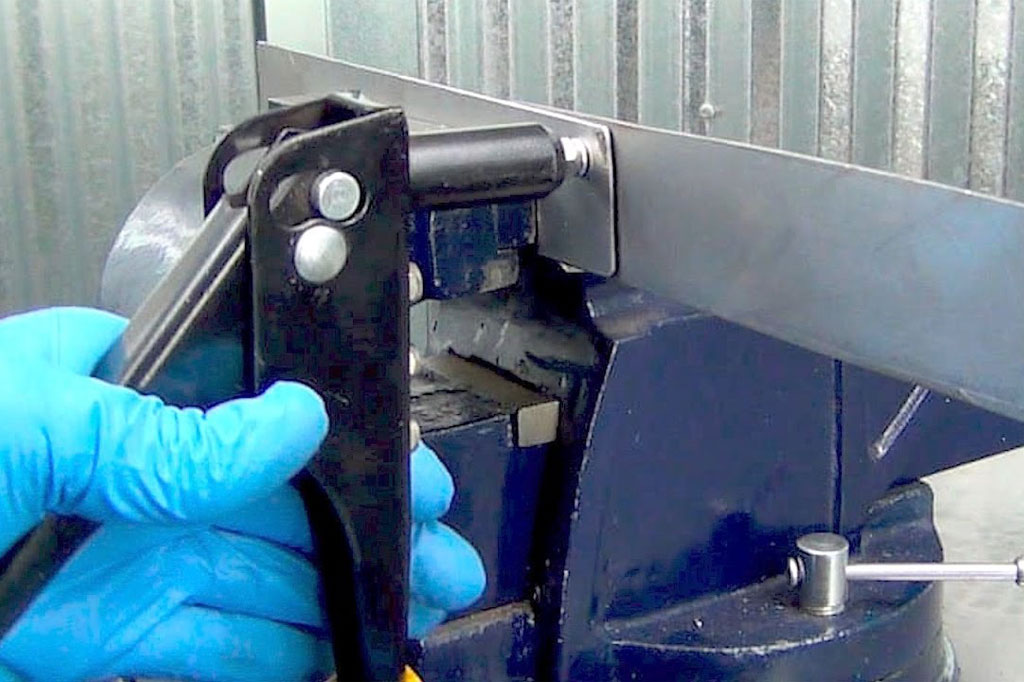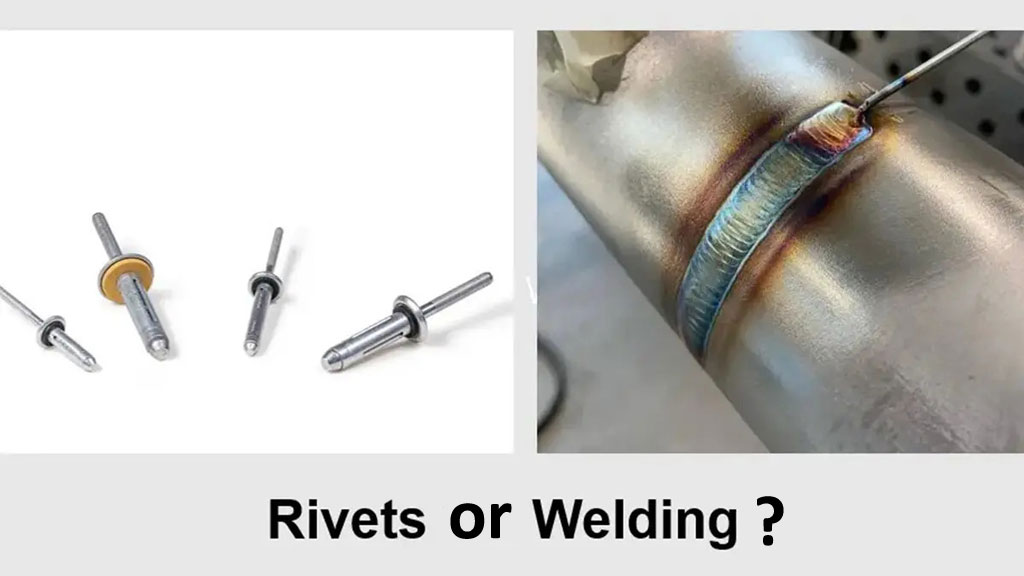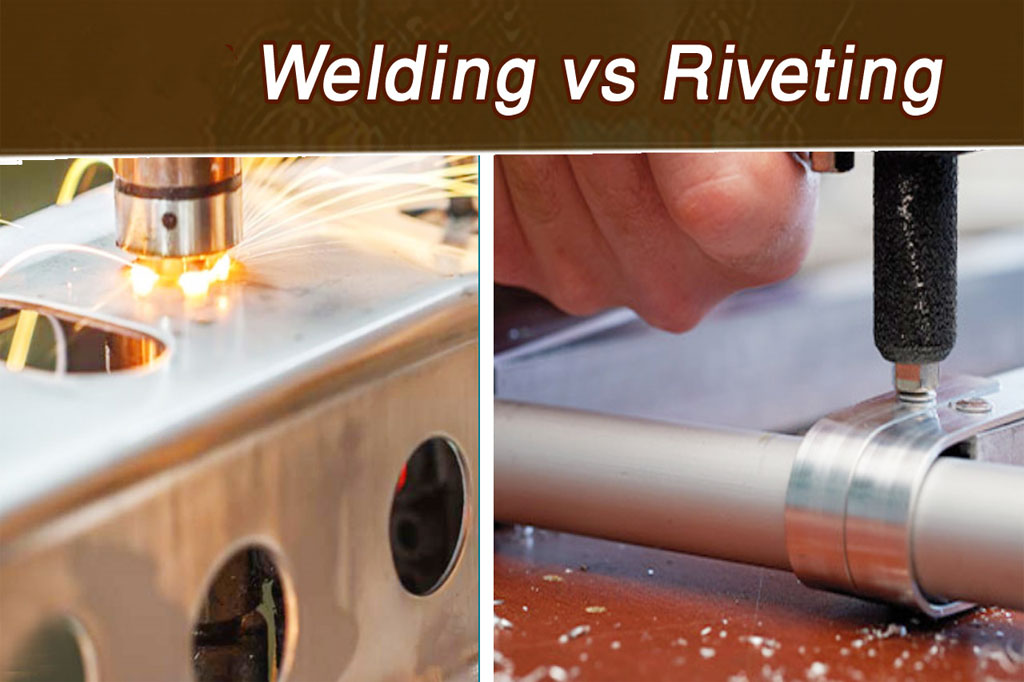Welding and riveting are two widely used techniques for joining metal parts in various industries, each with its own advantages and limitations. While welding involves fusing metals through intense heat, riveting connects them using fasteners, often without altering the material structure.
In this article, we will explore the key differences between welding and riveting, considering factors such as strength, cost, speed, and application suitability, to help determine which method is best for specific metal joining needs.
Welding vs. Riveting Comparison Chart
Here is a detailed comparison chart. For further information, please continue reading the sections below for more insights.
Feature | Welding | Riveting |
Definition | Joining metals by melting and fusing them | Joining metals by fastening with rivets |
Strength | High tensile and shear strength | Moderate tensile strength |
Flexibility | Suitable for complex and precise designs | Best for simpler structures |
Durability | Long-lasting, seamless joints | Dependable but prone to fatigue over time |
Weight | Adds minimal weight to the structure | Adds weight due to rivet heads |
Cost | Higher upfront costs for equipment/labor | More cost-effective for basic projects |
Time | Faster for complex assembly tasks | Slower, especially for mass production |
Repairability | Repairs can be challenging | Easier to replace or repair riveted sections |
Skill Requirement | High; requires professional welders | Moderate; easier for semi-skilled workers |
Applications | Automotive, aerospace, structural projects | Bridges, railways, and traditional aircraft |
What is Welding?

Welding is a fabrication process that fuses materials, by applying high heat and allowing the materials to cool, forming a strong bond. Metal welding service is fundamental in various industries such as construction, automotive, aerospace, and energy, offering a versatile solution for creating durable and robust connections.
Welding methods vary, offering flexibility in material types, thicknesses, and applications for precise, high-quality results.
Pros of Welding
- Superior Strength: Welded joints offer high tensile and shear strength, making them ideal for load-bearing applications.
- Seamless Finish: Welding creates smooth, continuous seams without gaps, ensuring a better aesthetic and structural integrity.
- Versatility: This method is suitable for a wide range of materials and complex geometries, including intricate automotive and aerospace components.
- Speed for Large Projects: Automated welding systems significantly speed up production in industrial applications.
- Weight Efficiency: Welded joints add minimal weight, which is critical in the aerospace and automotive sectors.
Cons of Welding
- Costly Setup: Welding equipment and professional labor are expensive.
- High Skill Requirement: Proper training and certification are required for effective welding.
- Health Risks: Welders face exposure to intense heat, UV radiation, and fumes, necessitating protective measures.
- Difficult Repairs: Damaged welds are often challenging to repair, sometimes requiring complete rework.
What is Riveting?

Riveting, on the other hand, is a mechanical fastening process where a rivet—a cylindrical pin—is inserted into aligned holes in two pieces of metal. The rivet’s ends are then deformed to hold the materials together.
While it might seem like an older technique, riveting remains relevant in industries requiring lightweight and replaceable fasteners.
Pros of Riveting
- Ease of Repair: Rivets can be replaced without extensive dismantling, making them advantageous in maintenance scenarios.
- Simplicity: The riveting process is straightforward and does not require complex machinery.
- Cost-Effective for Simple Jobs: Particularly for projects where strength requirements are moderate, riveting is an economical choice.
- Suitable for Heat-Sensitive Materials: Unlike welding, riveting does not require high heat, preserving the integrity of heat-sensitive metals.
- Durable in Vibratory Environments: Properly installed rivets resist loosening in structures subject to vibration.
Cons of Riveting
- Added Weight: Rivets add extra weight due to their size, which may not be ideal for applications that demand lightweight solutions.
- Limited Strength: Compared to welded joints, rivets may fail under extreme loads or high stress.
- Aesthetic Limitations: The protruding rivet heads can detract from the sleekness of a design.
- Time-Consuming: Installing each rivet is a manual process, slowing production for large-scale projects.
How to Choose Between Welding and Riveting

1. Assess the Project Requirements
- Structural Strength: For high-strength applications, welding is typically the better option.
- Vibratory Loads: Riveting may outperform welding in environments with significant vibrations or cyclical stresses.
- Weight Considerations: Welding is the preferred method when weight reduction is essential, particularly in industries like aerospace or automotive.
2. Material Compatibility
- Heat-Sensitive Materials: Choose riveting for metals that may warp or weaken under heat.
- Thickness of Material: Welding is more effective for thicker materials, while riveting is ideal for thinner, layered assemblies.
3. Production Scale and Budget
- High-Volume Production: Automated welding offers faster and more economical solutions for large-scale manufacturing.
- Cost Constraints: Riveting is often more budget-friendly for smaller or simpler projects.
4. Aesthetic and Functional Needs
- Seamless Design: Opt for welding if appearance and smooth finishes are critical.
- Easy Repairs: Riveting allows easier disassembly and replacement for maintenance.
5. Environmental Factors
- Temperature and Corrosion: Consider how environmental factors might affect weld integrity or rivet corrosion over time.
6. Availability of Skilled Labor
Welding requires trained professionals, while riveting can be performed by semi-skilled workers, making it more accessible in some regions.

